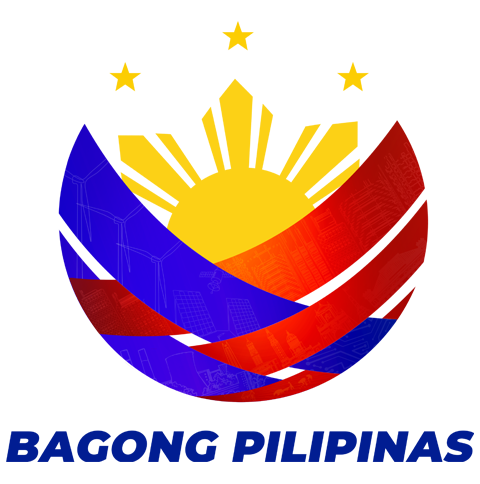On 20 September 2017, a memorandum from the National Disaster Risk Reduction and Management Council (NDRRMC) deemed all government agencies required to participate in the conduct of the 3rd Quarter Nationwide Simultaneous Earthquake Drill (NSED). And so, the DSWD, as the vice-chair for Disaster Response of the NDRRMC, participated in the said drill aiming to test the efficiency and the usefulness of its preparedness, response, and recovery plans.
On the day of the drill—27 September 2017—the drill was participated by employees and clients alike, and was spearheaded by the Department’s Disaster Response Assistance and Management Bureau (DReAMB) and General Administrative Service (GAS). It put to test the planning effort of the Department should the “big one” or the 7.2-magnitude earthquake strike the Metro Manila area.
Kicking off the drill at the Department was the sounding of the alarm system. Upon hearing this, employees and clients were quick to perform the “duck, cover, and hold” for 30 to 45 seconds, after which everyone proceeded to the designated evacuation areas. Assigned floor leaders and security personnel assisted employees and clients to the designated areas to ensure a safe and sound transfer. After settling down at the evacuation areas, Team Leaders had the task of accounting for the employees from their respective offices. This information would then be forwarded to the Operations Section Chief at the Incident Command Post which would later be established where key players of the Incident Management Team should check in. The Medical Team also secured the installation of tents at the identified medical area where supposed employees and clients needing medical attention would be taken care of.
Following the above-mentioned events, it was time for an operational briefing, conducted by the Incident Management Team at the Incident Command Post. The Planning Section Chief facilitated the briefing while the Operations Section Chief presented the information on accounted-for employees earlier submitted by the Team Leaders from each office. The Incident Commander then directed the Rapid Emergency Telecommunications Team (RETT) to establish communication with DSWD-Field Offices and other Government Agencies through the existing emergency telecommunications equipment of the Department.
By this time, the DSWD-RETT began establishing communication through Satellite Phones, Global Xpress Terminals, and Broadband Global Area Networks. These telecomm equipment were tested by conducting a communication exercise in line with the NSED at its main staging area in STRIKE Gymnasium, Bacoor, Cavite.
Back at the DSWD Central Office, however, Resident Engineers had finished examining the integrity of the building through rapid visual inspection. This gave way for the Search, Rescue, and Retrieval (SRR) Team to search and rescue would-be trapped employees and clients. Likewise, rescued employees were endorsed to the Medical Team for first aid treatment. The basic needs of employees and clients who have evacuated at the designated areas were also ensured by providing ready-to-eat food.
Summing up the drill was the final assessment by the Incident Management Team at the Incident Command Post. It was through the assuring of all section chiefs and team leaders that no other matters needed further action that the Incident Commander, through the Planning Section Chief, had directed the team to demobilize.



